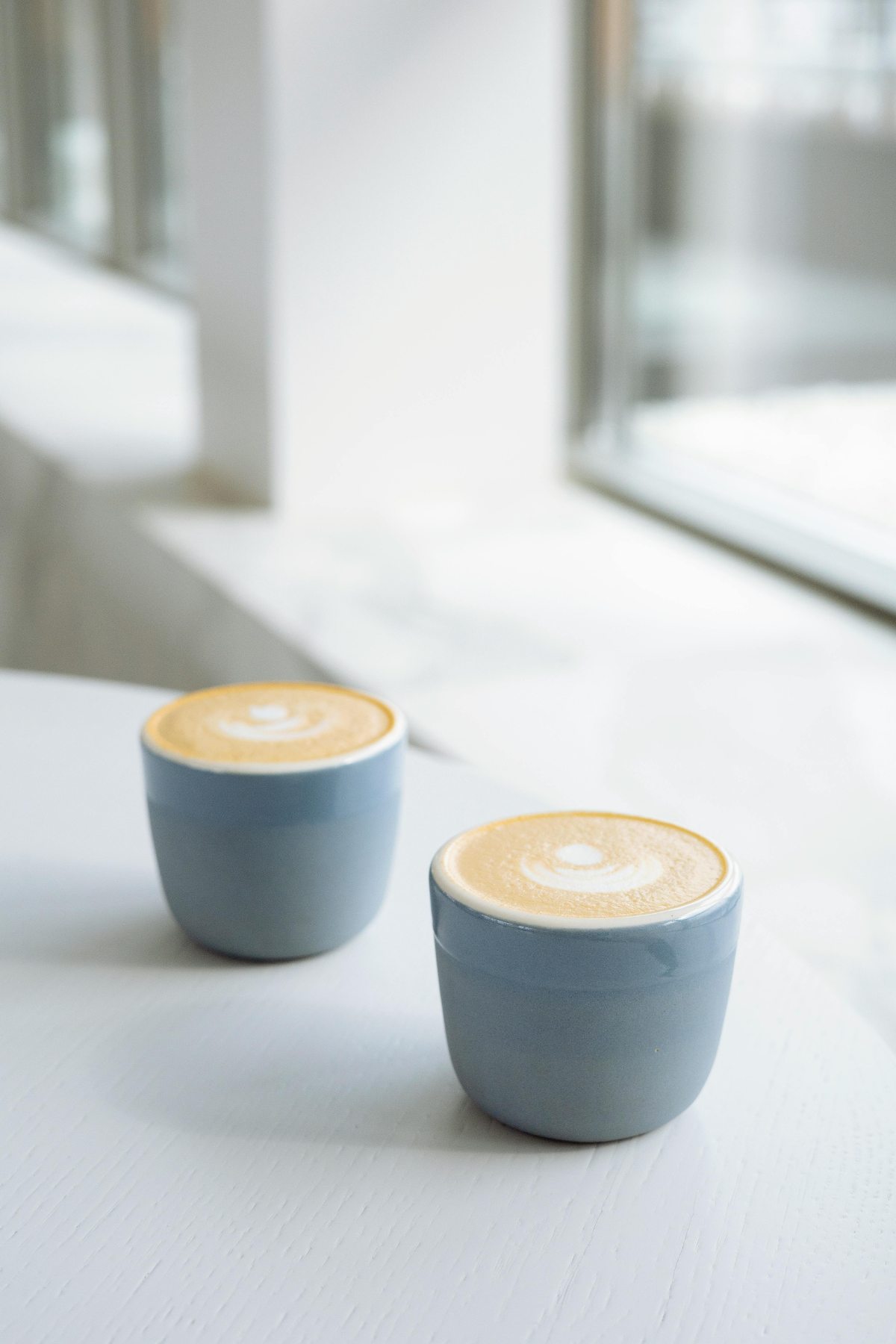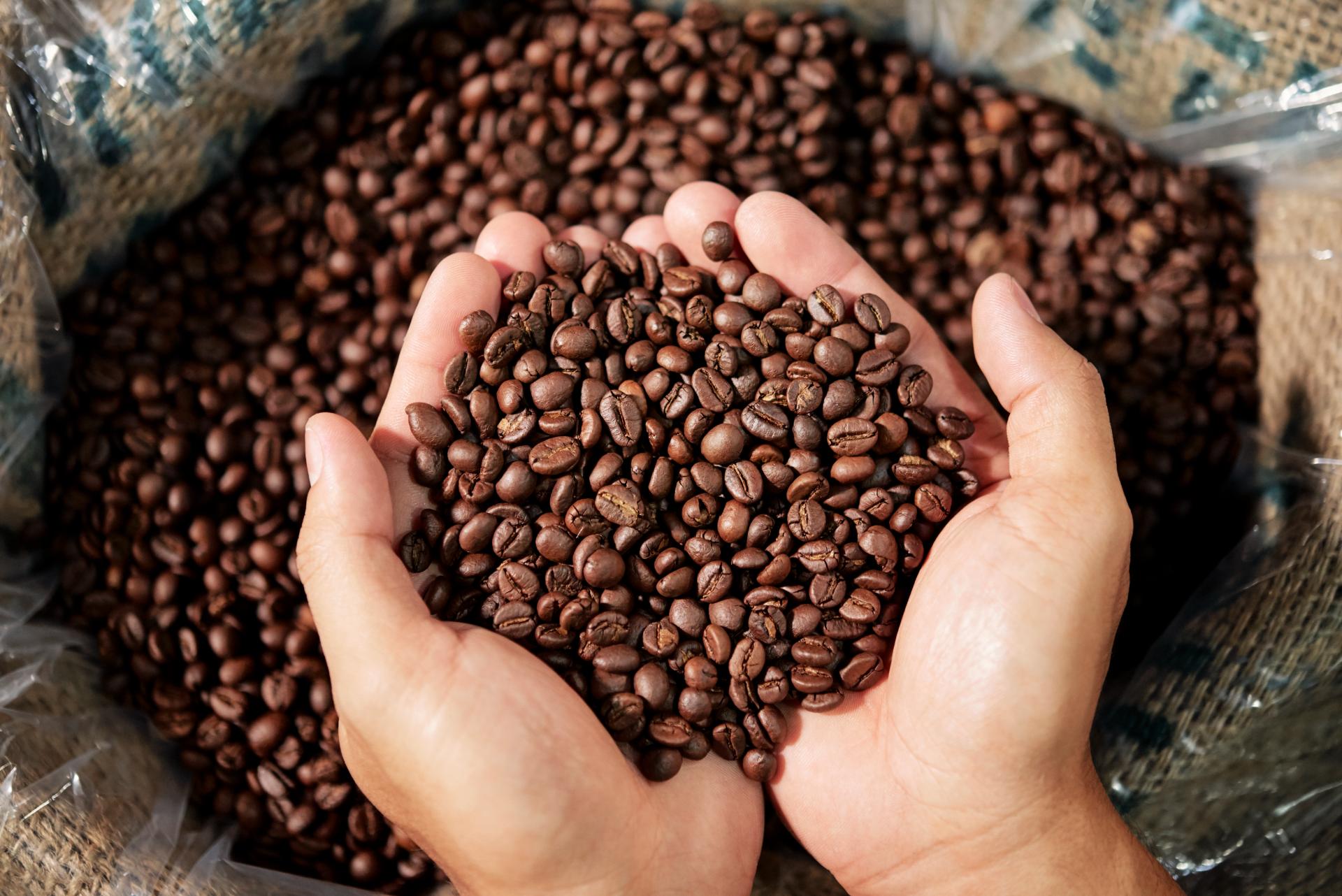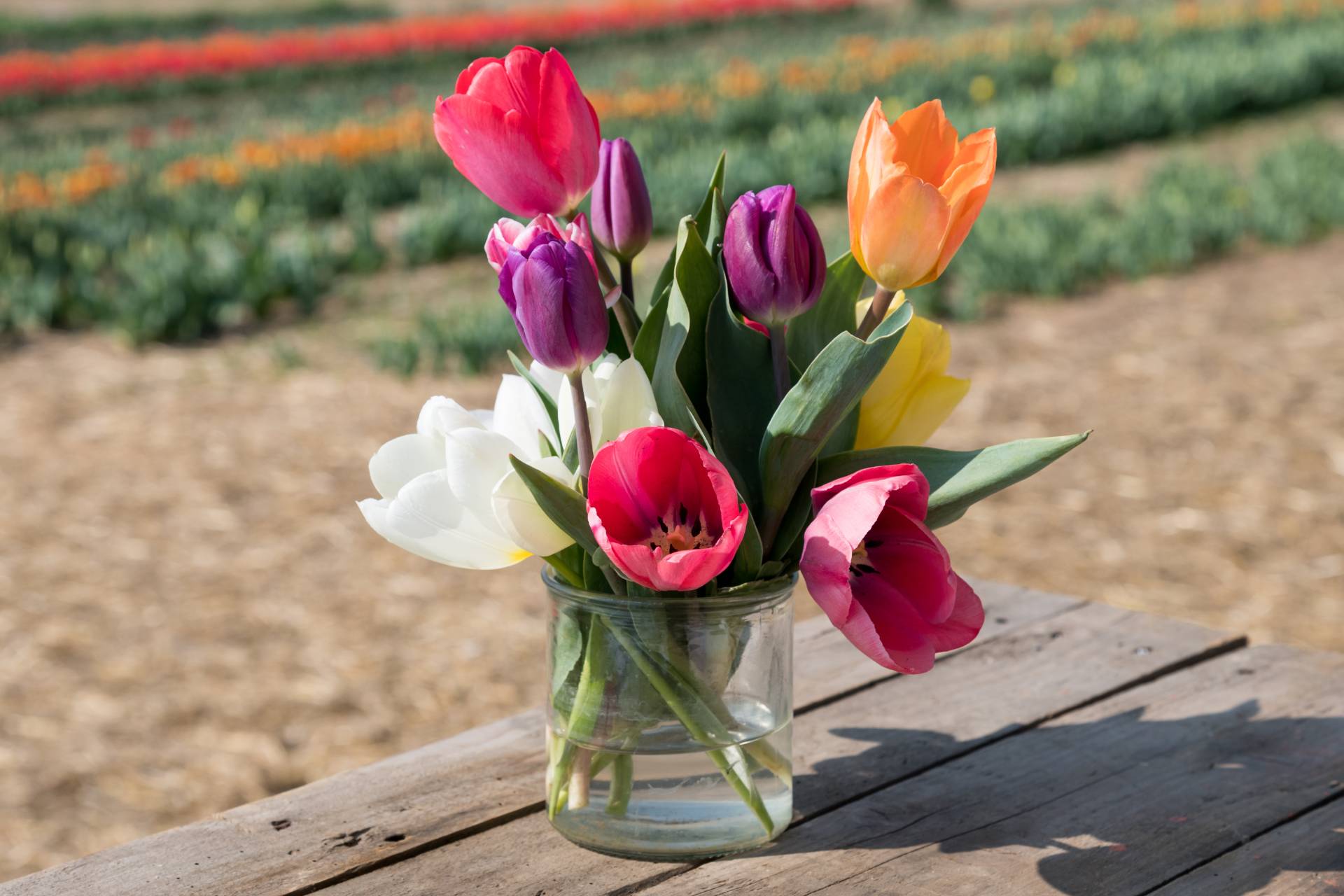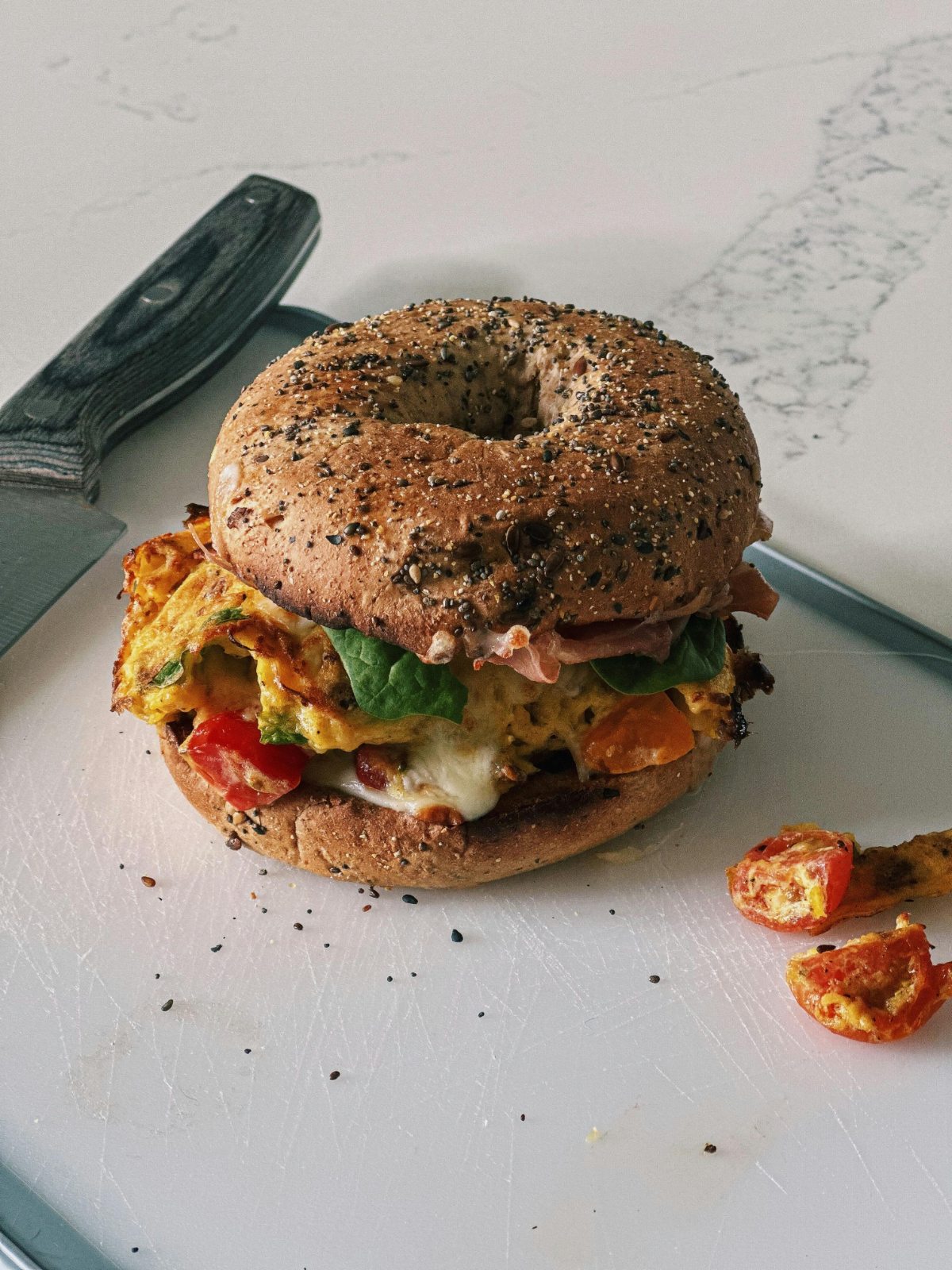Introduction
Being an admirer of coffee, I have consistently been keen on all the various kinds of espresso beans that are out there. They vary in the flavor profile which has to do with their origin, process and roast style.
We at Pop-Up BreadFlower firmly believe that knowing this would only elevate your coffee experience and widen the spectrum of flavors to enjoy from what is in essence a rich cornucopia on its own, Coffee. Now, let’s find out about the different coffee beans option and what unique taste do they offer.
Arabica Coffee Beans
Recognized by their smooth and complex flavor married with other coffee beans, Arabica coffee is also lowest in caffeine than any of the others. Arabica beans are typically grown at higher altitudes in areas such as Latin America, Africa and Asia where they generally have less sweetness or acidity than bitterness.
We love Arabica beans at Pop-Up BreadFlower because they can have a variety of flavor profiles all while being not too acidic and with robust undertones like chocolate, nuts or fruit. If you prefer a delicious, clean-cut cup of coffee then these beans hit the spot.
Robusta Coffee Beans
Robusta type coffee beans that are popular for their rich and strong flavors as well as high doses of caffeine. Robusta beans are grown in Africa and Southeast Asia, primarily at lower elevations, as the Robust bean is heartier. Robusta beans are known for their significantly more bitter and earthy flavor profile with a touch of nuttiness.
At Pop-Up BreadFlower, we often combine Robusta and Arabica beans to kick our coffee brewing options into a higher gear. The above the ideal beans for people who love strong, intense coffee shots.
Liberica Coffee Beans
Mostly grown in the Philippines, Malaysia and parts of Africa Liberica beans are far larger than their Arabica or robusta cousins with a unique shape Liberica coffee has a distinct flavor that is frequently referred to as having woody, smoky characteristics with slightly fruity end notes and an almost flowery aroma.
While Pop-Up BreadFlower may offer rare and exotic coffee options like Liberica beans.
Excelsa Coffee Beans
Another subset of the Liberica tree, those coffee beans grow mainly in Southeast Asia. The above unique flavor notes make these beans a crucial ingredient in adding complexity to coffee blends. With a flavor profile that features tangy, fruit notes and even gives a bit of dark roast taste to the final cup it makes for an interesting contrast with other beans.
We love Excelsa beans versatility at Pop-Up BreadFlower, and consider them a top contender as they offer some depth to your blends.
The Impact of Origin
Where coffee beans come from, after all is a huge part of what makes up their profile. The nature of the beans is expected to be influenced by soil, weather and altitude at each growing area. For example, coffee from Ethiopia may be referred to as bright and fruity with floral notes whereas Colombian coffees are characterized by their vibrant acidity balanced by good caramel sweetness.
For our Pop-Up BreadFlower, we are using beans from a mix of origins to provide the different characteristics and let clients taste what each region can offer.
Processing Methods
Processing coffee beans after they are harvested has an impact on the way it tastes as well. Processing: Washed, Natural and Honey (when buying your coffee, you should see the word exactly like this on packaging if it is a natural process)
Washed Process: The beans are fermented and then washed; this process removes the outer fruit layer creating a clean taste with acidity. Pop-Up BreadFlower uses washed beans for their clean acidity and unfussiness.
Natural Process – The beans are left to dry inside of the fruit, resulting in a sweet and fruity taste. Natural Processed: We offer natural process beans, which highlights the rich taste and berry-like notes.
Honey Process – A combination style in which some fruit is left on the beans during drying, providing a well balanced taste along with sweetness and an acidity. We also love the honey process where you need to be fuckin’ careful not to ferment your beans off into funk, but it’s an otherwise favorite of ours because they’re complex and interesting in “transition.”
Roasting Styles
Roasting – whatever type of coffee you are preparing; roasting is the key element in determining its taste. It can be roasted to any level from light through dark, which may contribute its own flavors because of the roast.
Light Roast: Most alt of the natural flavor still present in the beans, usually with fruity and floral notes. These beans help to elevate the bright, lively flavor which we love and have come to essentially require in a light roast at Pop-Up BreadFlower.
Medium Roast: Acidity & Body completely balanced for a beautiful flavor marriage. We love medium roasts for their balanced nature and adapt them as a part of so, many different aspects to our coffee lineup.
Dark Roast – This roast seeks to highlight darker, roasted flavors with less acidity which yields a strong and bold cup. For the dark roast advocates in our midst, is particularly divine.
Single-Origin vs. Blends
Single-origin coffees are from one region or farm so that you can taste the signature qualities of the location. Blends, in contrast, are the result of mixing beans from multiple regions to craft a nuanced tasting note. We feature single-origin coffees, artisan-crafted blends and offers customers a variety of tasting notes for all palates.
Conclusion
By understanding the different types of flavor profiles resulting from coffee beans we can -experience, with a discerning palate-and ultimately discover new favorite coffees. That is why Arabica bean sensations can be described as smooth and complex, while Robusta flavor profiles are bold and intense.
Pop-Up BreadFlower is on a mission to celebrate coffee diversity and flavors with our community, in all its flavor glory. So, the next time you drink your coffee, pause for a moment to enjoy that fantastic taste and consider how far those beans have traveled to reach your cup.




